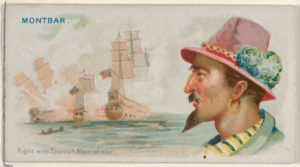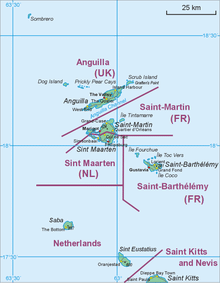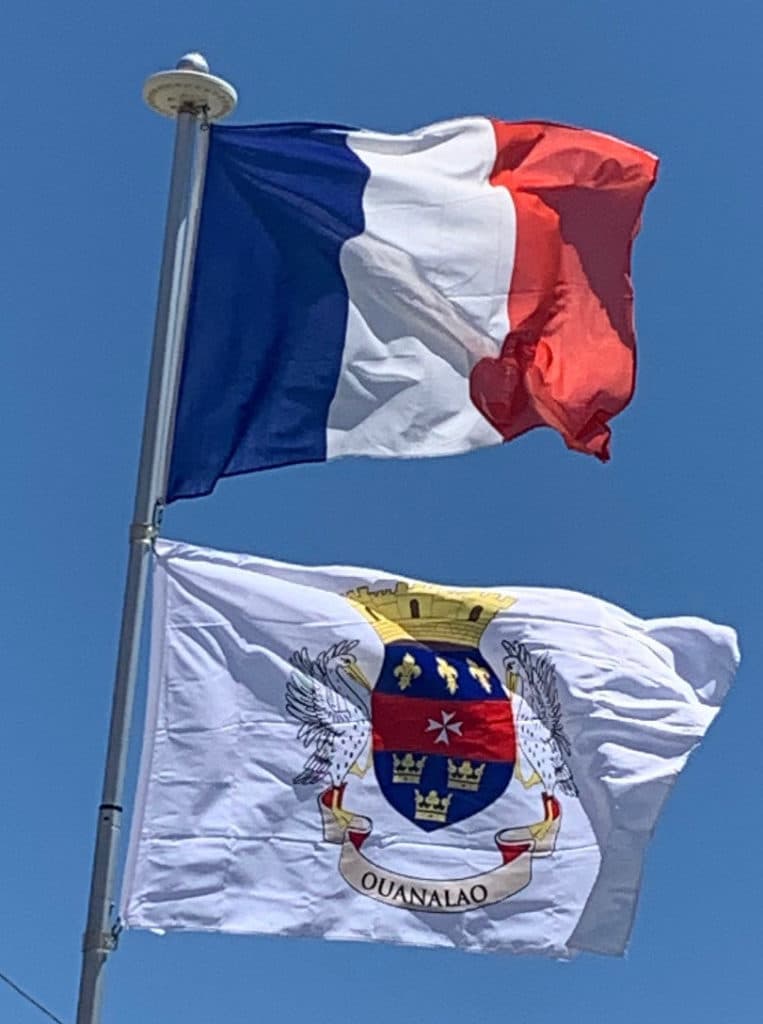
Thus deeming it to be of little worth, King Louis XVI traded the island to Sweden in 1784 in return for trading privileges in Gothenburg. This change of control saw progress and prosperity as the Swedes declared Gustavia (named after the Swedish king) a free port, convenient for trading by the Europeans for goods, including contraband material.
19th Century:
Slavery was practiced in St. Barthélemy under the Ordinance concerning the Police of Slaves and free Coloured People of 1787. The last legally owned slaves in the Swedish colony of St. Barthélemy were granted their freedom by the state on 9 October 1847. Since the island was not a plantation area, the freed slaves suffered economic hardships due to lack of opportunities for employment.
In 1852, a devastating hurricane hit the island and this was followed by a fire. The economy suffered, and thus Sweden sought to relieve themselves of the island. Following a referendum in 1877, Sweden gave the island back to France in 1878, after which it was administered as part of Guadeloupe.
20th Century:
On 19 March 1946, the people of the island became French citizens with full rights. With few economic prospects on the islands many men from St. Barthélemy took jobs on Saint Thomas to support their families. Organised tourism and hotels began in earnest the 1960s and developed in the 1970s onwards, particularly after the building of the island’s landing strip that can accommodate mid-sized aircraft. The island soon became renowned as a high-class luxury destination, being frequented by numerous celebrities such as Greta Garbo, Howard Hughes, Benjamin de Rothschild, David Rockefeller, Lorne Michaels, Chevy Chase, Steve Martin, Jimmy Buffett and Johnny Hallyday. The boost in tourist numbers has led to a rise in living standards and rapid modernization.

21st Century:
Saint Barthélemy was for many years a French commune forming part of Guadeloupe, which is an overseas region and department of France. Through a referendum in 2003, island residents sought separation from the administrative jurisdiction of Guadeloupe, and it was finally accomplished in 2007. The island of Saint Barthélemy became an Overseas Collectivity (COM). A governing territorial council was elected for its administration, which has provided the island with a certain degree of autonomy. A senator represents the island in Paris. St. Barthélemy has retained its free port status. Saint Barthélemy ceased being an outermost region and left the EU, to become an OCT, (Overseas Country or Territory) on 1 January 2012.
The island sustained damage from Hurricane Irma in September 2017 but recovered quickly, and by early 2018 transport and electricity were largely operational.
Geography:
Located approximately 250 kilometres (160 mi) east of Puerto Rico and the nearer Virgin Islands, St. Barthélemy lies immediately southeast of the islands of Saint Martin and Anguilla. St. Barthélemy is separated from Saint Martin by the Saint-Barthélemy Channel. It lies northeast of Saba and St Eustatius, and north of St Kitts.

